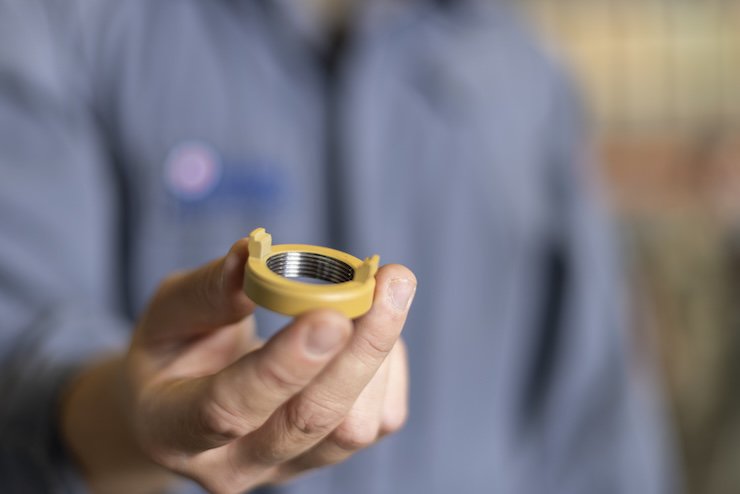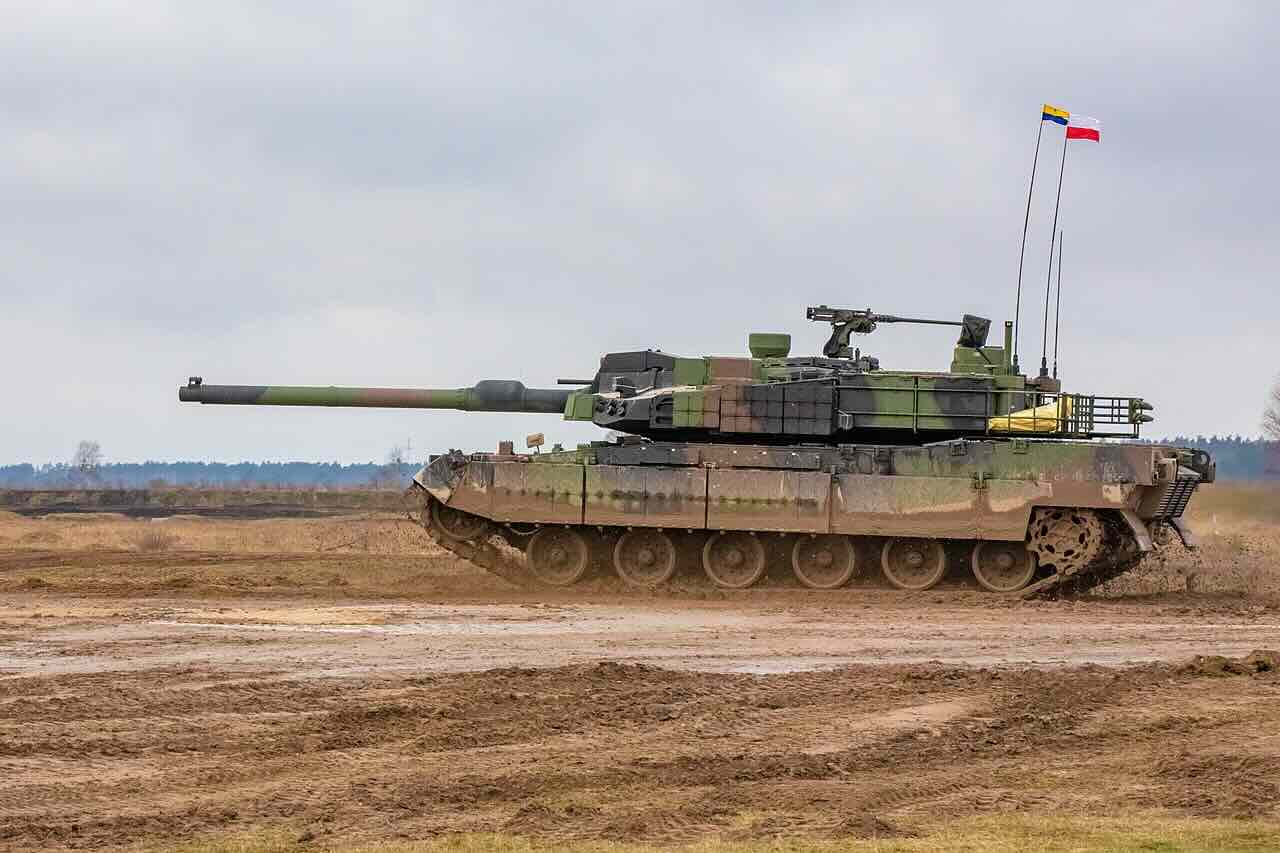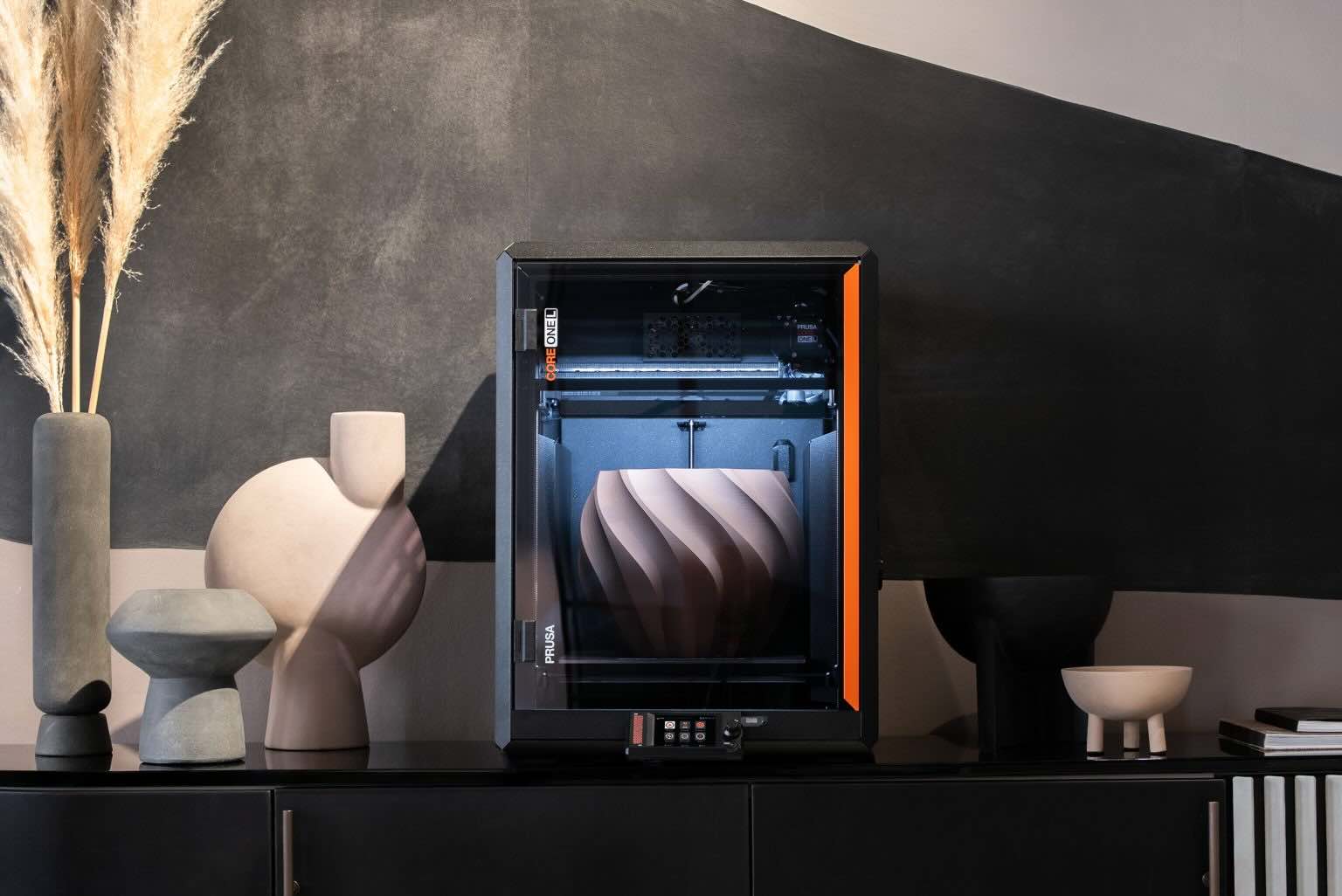The Royal Air Force has marked a significant milestone in military aircraft maintenance by successfully installing its first in-house 3D printed replacement part on an operational Typhoon fighter jet. This breakthrough demonstrates the RAF’s growing capabilities in advanced manufacturing and highlights potential transformations in military aircraft maintenance procedures.
The temporary replacement part for the pylon assembly, which connects weapons systems to the aircraft’s wing, was manufactured using Wayland Additive’s Calibur3 metal additive manufacturing system. This installation represents a practical application of 3D printing technology to address immediate operational needs while waiting for permanent replacement components.
3D Printed Replacement Part Enhance Aircraft Availability
The innovative 3D printed replacement part manufactured at the Hilda B. Hewitt Centre for Innovation by specialists from No 71 Inspection & Repair Squadron and subsequently installed by 29 Squadron engineers. The process involved precision-scanning the damaged component and printing an intermediate solution, with the scan data being shared with the original manufacturer to facilitate the development of a permanent replacement.
“This isn’t intended as a permanent fix, but it shows where we’re heading,” explained Squadron Leader John Mercer, Senior Engineering Officer at No 29 Squadron. “When aircraft are grounded waiting for spare parts, we can’t afford delays. Being able to print our own temporary components means getting jets back in the air faster.”
This application of additive manufacturing directly addresses one of the most persistent challenges in military aircraft maintenance, minimising downtime while waiting for replacement parts. By developing in-house capabilities to produce interim solutions, the RAF can potentially reduce aircraft grounding periods and maintain higher operational readiness.
RAF Builds Advanced Manufacturing Capabilities

No 71 (IR) Squadron operates as part of the RAF Support Force, with primary responsibilities including the repair of damaged structures on UK fixed-wing military aircraft and providing specialist inspection capabilities to RAF aircraft wherever they are deployed. The Squadron’s dedicated designers develop repair solutions for situations where conventional fixes may be ineffective or unavailable.
To enhance these capabilities, the RAF installed a Wayland Additive Calibur3 machine in October 2022. While the organisation has released limited information about its use of the technology over the past three years, the successful development of a replacement pylon assembly part has been described as a ‘breakthrough’ that opens the door to broader applications across the RAF fleet.
The potential benefits extend beyond immediate repairs, with the RAF suggesting that this approach could significantly reduce maintenance costs while improving aircraft availability across their operations. This reflects a growing trend among military organisations worldwide to leverage additive manufacturing for maintenance, repair, and operations support.
Future Implications
Wing Commander Gemma Lonsdale, Officer Commanding Air Wing Engineering at RAF Coningsby, emphasised the significance of this development: “This technology offers enormous potential to maintain our aircraft faster than ever before. The 71 Squadron team has been exceptional—their expertise and collaboration made this milestone possible.”
The successful installation represents just the beginning of potential applications for additive manufacturing in RAF operations. As the technology matures and personnel gain experience, the range of components that can be manufactured in-house is likely to expand, potentially transforming traditional maintenance and supply chain practices.
By continuing to develop these capabilities, the RAF positions itself at the forefront of military organisations adopting advanced manufacturing techniques. The ability to rapidly produce replacement parts on demand could prove particularly valuable during deployments to remote locations or during operations where traditional supply chains may be disrupted or delayed.
About Manufactur3D Magazine: Manufactur3D is an online magazine on 3D Printing. Visit our Global News page for more updates on Global 3D Printing News. To stay up-to-date about the latest happenings in the 3D printing world, like us on Facebook or follow us on LinkedIn and Twitter. Follow us on Google News.












